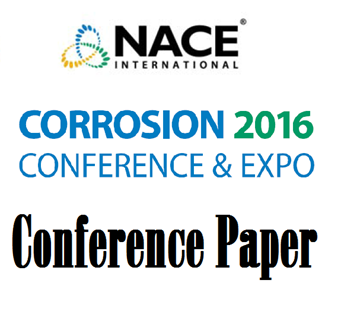Search
51316-7681-Comparison of Corrosion Behavior of X65 1Cr and 5Cr Steels in Water-Containing Supercritical CO2 Environments with SO2/O2
Also Purchased
51316-7223-Corrosion Assessment of Pipeline Steels in Supercritical Carbon Dioxide Stream
Product Number:
51316-7223-SG
ISBN:
7223 2016 CP
Publication Date:
2016
$20.00
09255 Corrosion in Super Critical CO2
Product Number:
51300-09255-SG
ISBN:
09255 2009 CP
Publication Date:
2009
$20.00
Impact of O2 Content on Corrosion Behavior of X65 Mild Steel in Gaseous, Liquid and Supercritical CO2 environments
Product Number:
51320-14433-SG
Publication Date:
2020
$20.00




